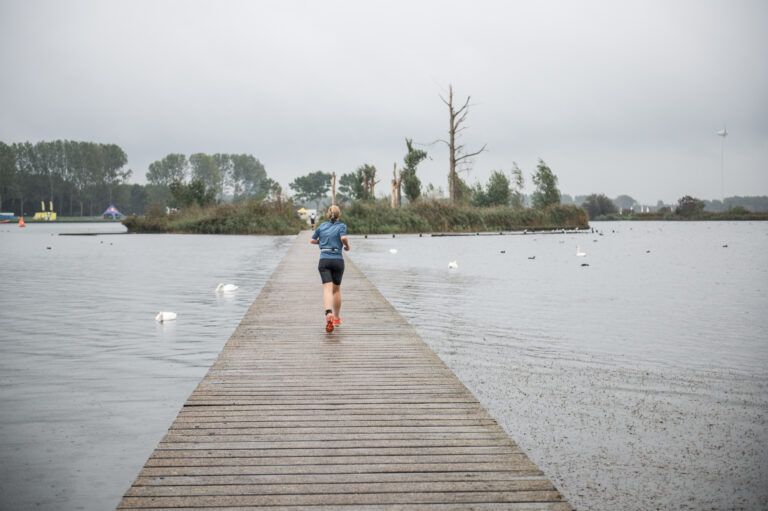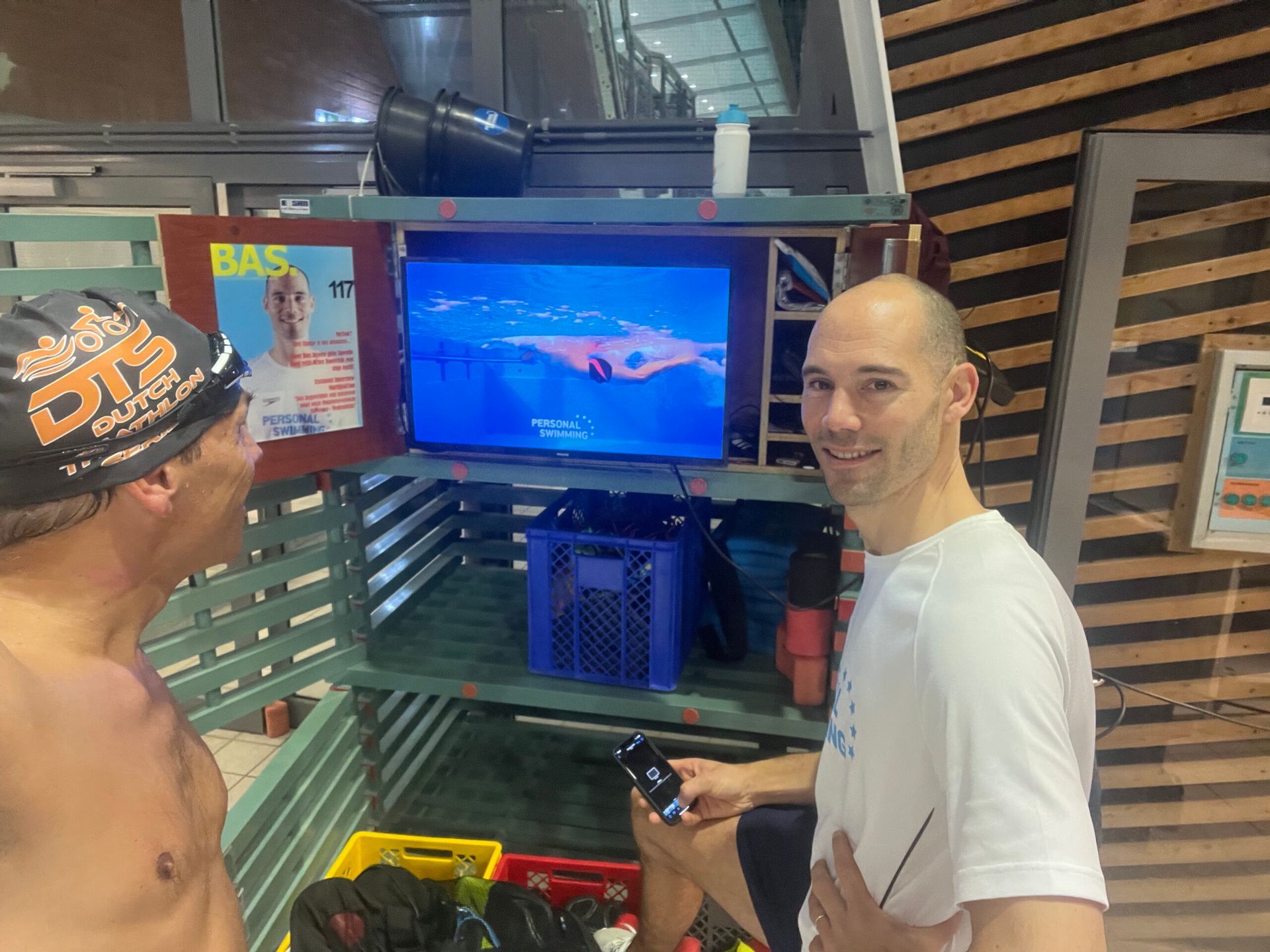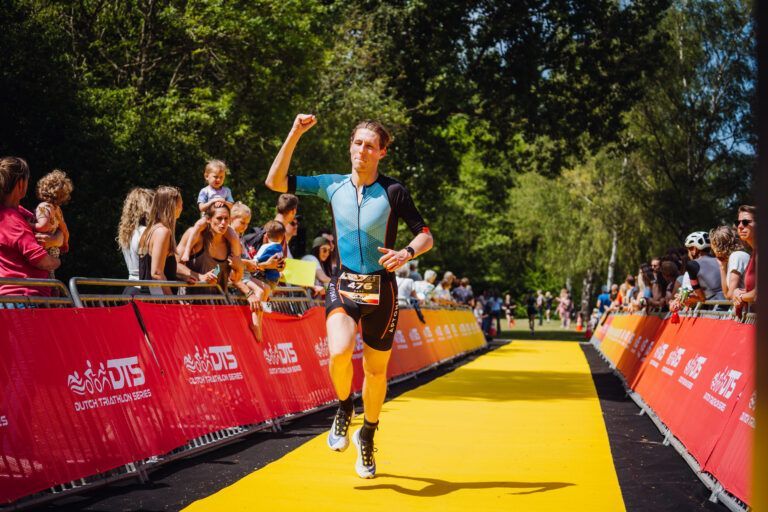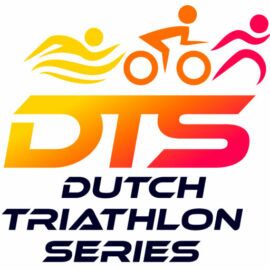Good news!
For the DTS season of 2025 we will continue with the same exciting new formats and distances of 2024!
Discover what awaits you during DTS GP Zandvoort and DTS HLMRMEER!
DTS GP Zandvoort
During the DTS GP Zandvoort there is a special challenge; the OD STAYER race! The Formula 1 Circuit is the ideal location to organize a stayer race. For a Stayer race, a regular racing bike is mandatory for safety reasons and it is therefore not allowed to participate with a cockpit (handlebars), TT and/or triathlon bike. For that reason, we also offer two starting waves at the OD: the Stayer Race and the Non-Stayer Race.
DTS HLMRMEER
At the second DTS race in HLMRMEER since 2024 we also have the ⅓ distance so 1.5KM swimming - 60KM cycling and 15KM running. A tough challenge but also the ideal preparation for those who are training for a half or full triathlon. It is already the most popular wave so it sells out quickly. Don't wait too long to register.
DTS COMPETITIE 2025 - SOLO
In het seizoen 2025 vindt ook de DTS Competitie weer plaats. We hebben een competitie voor teams en voor solisten. Net als vorig jaar worden dit keer alle vier de DTS wedstrijden gerekend voor het eindklassement. Het is een competitie voor de triatleet die al wat ervaring heeft want elke race moet een ander format gedaan worden.
In Zandvoort is dat de OD Stayer Race, bij DTS HLMRMEER de ⅓ en in Ouderkerk een Non-Stayer OD. De afsluiter is zoals altijd de Sprint bij de Bosbaan. We gaan deze competitie ook met nog maar 2 Age-groupen werken: tot 40 jaar & vanaf 40 jaar. De winnaars en winnaressen winnen een 5 daags verblijf in het prachtige Zafiro Tropic****, in Port D'Alcudia Mallorca. De datum mag je zelf bepalen tussen 1 feb en 1 april 2026. De ideale manier om je samen met je team goed voor te bereiden op het nieuwe triathlon seizoen.
Registeren is simpel: Schrijf je alle 4 online in voor de 4 verschillende DTS races en de afstanden zoals beschreven en stuur daarna een mail naar ons met je naam, geboorte datum, zodat we jou op kunnen nemen in het Competitie bestand. Mail naar lars@dtseries.nl






